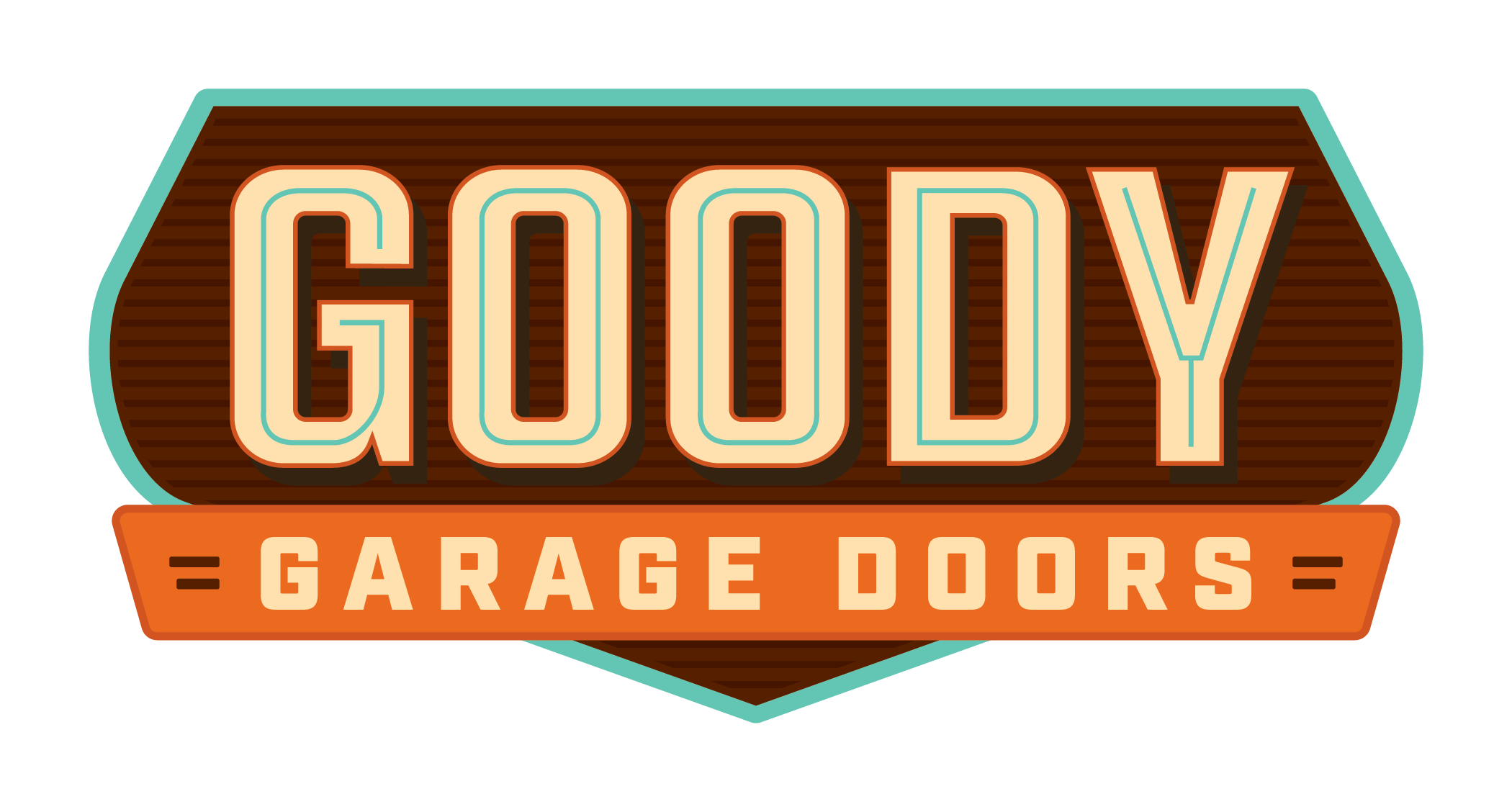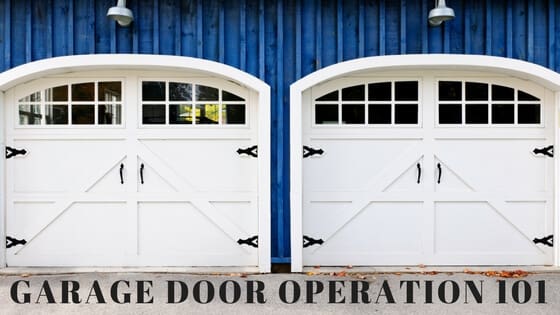Objective: Learn the basics of garage door operation.
The Garage Door
Garage doors often account for a significant portion of a home’s curb appeal and can weigh as much as 300 pounds (depending on material and insulation). While maintaining their appearance and functionality is certainly important, it’s also important to understand what goes into garage door operation. Here are just some of the components that work in unison each time the opener is activated.
Tracks: The garage door tracks are what guide the rollers – 10 to a 7ft. high door; steel or nylon (quietest option) – as the door is raised and lowered. Tracks are installed vertically and horizontally. If the tracks become damaged, rusty or bent, they must be repaired to ensure safe garage door operation. Dirty tracks should be wiped using a clean, damp cloth; avoid using any chemicals to clean them.
Torsion Springs: Installed above the garage door opening, this spring system includes a shaft, cable and drum assembly. Torsion springs counterbalance the entire weight of the door during operation and, as such, have built-up tension that is released as the door opens and created as the door closes. This tension allows for a more controlled operation. Torsion springs are rated from 15,000 to 20,000-cycles.
Extension Springs: Installed over the two horizontal tracks, extension springs functions with the help of cables and pulleys. The installation of safety cables is also required when using these springs. When the door opens, the springs contract, releasing tension. When the door closes, the springs extend, creating tension. Extension springs are generally rated for 10,000-cycles.
Important Safety Warning: Every spring on every garage door will get metal fatigue and snap. While this is usually associated with exhausting their available cycles – one cycle is completed each time the door goes up and down – there are other causes such as damage, extreme cold, and rust or corrosion. When the springs break, the door will not, and should not be operational. Complete replacement is required.
If you suspect spring failure, do not continue operating the door. The risk of property damage or personal injury is too great. Always contact a local garage door professional for repair. Most professionals offer same-day repair for broken garage door springs. Until repairs can be made, unplug the opener from its power source, but do not disengage the door from the opener as this could cause the door to fall.
The Automatic Opener
A garage door opener provides easy, drive-right-in accessibility to the garage, with just the push of a button. Connected between the door and opener is a trolley, which is driven by a motor that raises and lowers the door. There are three types of motors that can drive the trolley: chain, belt, and screw. Other things to consider here are horsepower, photoelectric sensors, and optional keyless entry and battery backups.
Drives:
- Chain: This opener uses a thick metal chain to drive the trolley. Chain-drives are economical, but tend to create more noise and vibration, so are not recommend in homes where sleeping quarters are above the garage.
- Belt: A belt-drive opener uses a belt to move the trolley. Quieter, smoother operation results, making this an ideal choice for homes with living or sleeping spaces directly above the garage.
- Screw: A screw-drive opener uses a threaded steel rod that rotates as it drives the trolley along the track to lift and lower the door. These units are the Goldilocks of openers: quieter than chains but louder than belts.
Horsepower: Horsepower (HP) denotes the garage door openers’ lifting power. According to LiftMaster®, a ½-HP motor should be sufficient for lifting doors in the 8 ft. to 12 ft. wide range, whereas a ¾-HP motor should be used for doors measuring over 14 ft. ¾-HP models will operate the door with less effort and less wear and tear on the motor. 1.25-HP openers are also available.
Photoelectric Sensors: “Photo eyes” greatly improve garage door safety. Installed no higher than 6” from the floor, the sensors send an invisible beam across the garage to see if anything, or anyone is in the path of the door. If an obstruction is identified, the signal used to lower the door will be immediately cut off; preventing it from closing. This mechanism should be tested monthly to ensure its operating properly.
Testing the Photoelectric Sensors: To test, activate the door to close, and then pass a broom in the path of the photoelectric beam. Verify that the garage door reverses direction and that the door returns to its fully open position. Important: If the door fails this test, immediately disconnect the opener from the door or power source, and contact a professional for repair.
Keypads (optional): Garage door opener keypads provide convenient access to the garage. Once installed outside the door, use the keypad to enter a 4-digit security code, and the door will open without ever needing to use the remote control or house keys. Keypads are a great to have in households with school-aged children. A temporary pin can be programmed for guests as well.
Battery Backup (optional): Power up the opener when there is a power outage with an optional battery backup. With a full-suite of innovate features including smartphone connectivity, a garage door opener with battery backup can give you complete peace-of-mind knowing the garage is always operational, safe and secure. Battery backups are usually not sold separately as they are built-in to the unit.






